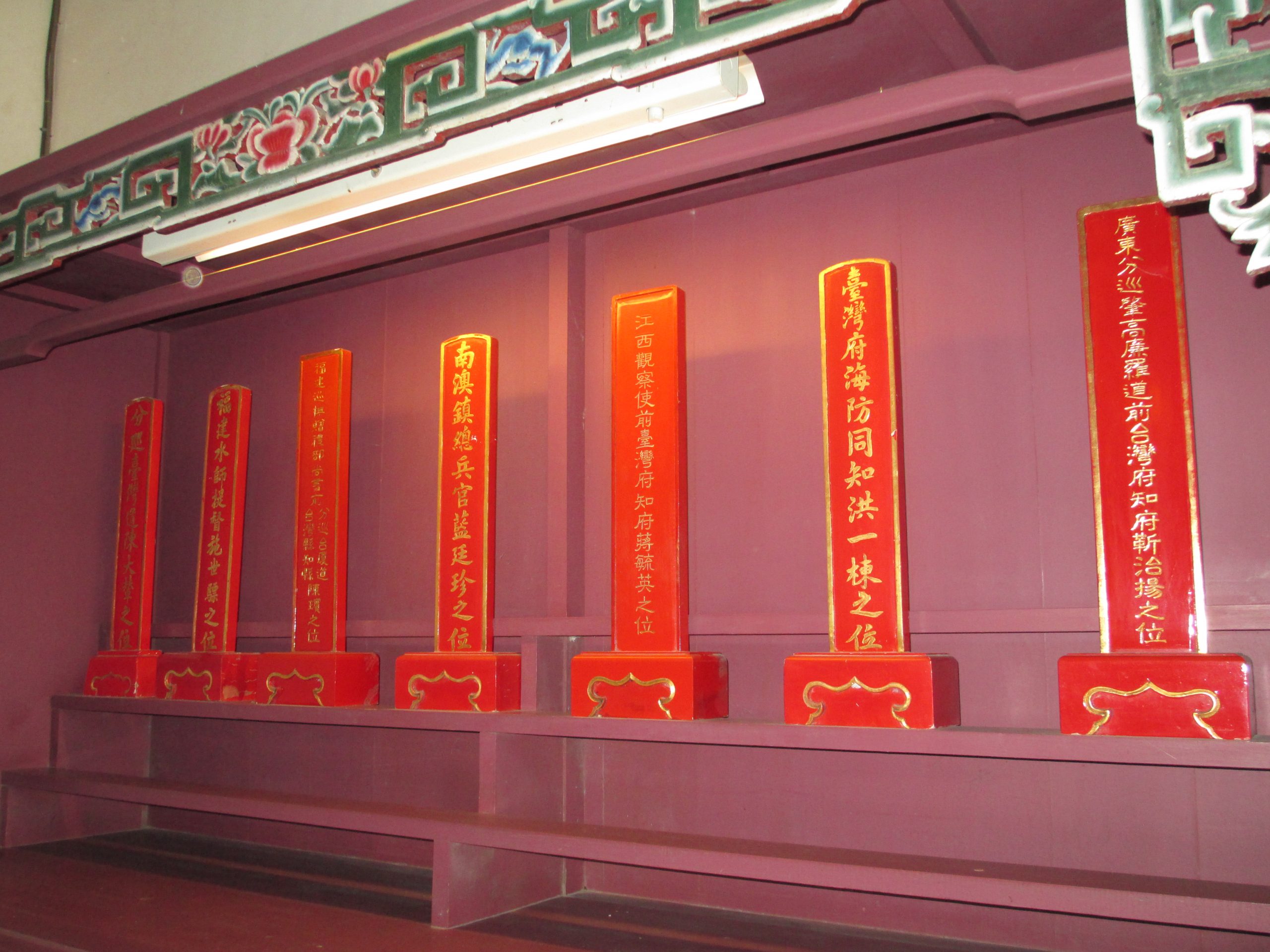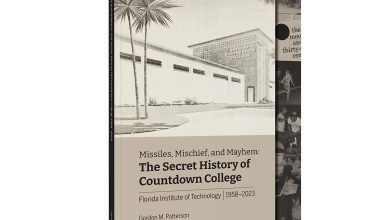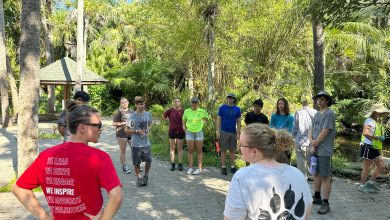It’s a Small World After All: Going Global through Study Abroad
Master’s student and Student Services Coordinator, Kate Broderick is studying in Taiwan for a three-week intensive study of Chinese language and culture, based at Tunghai University in Taichung. The program was made possible by a scholarship from the School of Arts and Communication at Florida Tech. She will be chronicling her experience over the next three weeks on our blog.
Stropwaffel. My favorite Dutch invention—a wafer-like waffle with a caramel filling meant to be eaten with coffee or tea. The only place I know where to get them is in the Netherlands.
I am standing in the middle of a convenience store, wondering how on earth did the stropwaffels wind up here? Literally available on every street corner, their presence has me absolutely gobsmacked.
Why am I so befuddled, you may very well be asking yourself. Well, I happen to be standing in the middle of a 7-Eleven in Taiwan, an island country just off the coast of China and three hours south of Japan. I am studying in Taiwan for three-weeks, as part of an intensive Chinese-language study abroad program offered by the department of Humanities and Communication.

Our other study abroad program happens to be in the Netherlands. So why, when I should be entirely submerged in Asian culture, do I keep stumbling across quintessentially Dutch items, such as windmills, the Miffy bunny, and stropwaffels?
My questions were answered this weekend with a trip to Tainan, a city in the south known for being the first city in Taiwan. During my visit to Tainan, we visited Anping. When I heard we would be headed to Anping, I continued to turn the word over in my mouth—I had the feeling I had tasted it before, but I couldn’t remember why. It wasn’t until arriving at Anping that all of the pieces clicked into place: the Dutch had colonized Taiwan in the early 17th century, founding the headquarters of the Dutch East Indies Trading Co. at Anping. It wasn’t until the mythical figure of Koxinga amassed an army against the Europeans that the Dutch were rooted from their control of the country.
The fact that I had failed to recognize such a pivotal connection between the two countries highlighted the fact that my Taiwanese history is woefully inadequate. Returning to study at Tunghai University in Taichung, I hit the books to uncover the story of Taiwan’s past, and was surprised to find a remarkable history rich with intermingling of a variety of cultures.
The majority of the population of Taiwan is a mixture of decedents of Mainland Chinese, Hakka Chinese, and aborigines. China’s turbulent political periods, mainland Chinese people would make the hazardous journey to resettle in Taiwan, settling largely on the western, pushing the aboriginal tribes into the mountainous east. The Portuguese discovered Taiwan in 1519 and called the island “Formosa,” meaning, “Beautiful.” The Dutch colonized Taiwan in 1623, and more recently, Japan would occupy Taiwan for 50 years—that is why today many of the elderly population speaks Japanese perfectly, as it was the only legal language allowed to be spoken in schools during the occupation.
Given Taiwan’s complex history of invasion, colonization, and occupation, you could see how the country could have developed a fear of foreigners. This is the exact opposite, however. The people and government of Taiwan are particularly sensitive to preserving and treasuring the aborigines’ culture, and the general population of Taiwan would be hard-pressed to be nicer to foreigners in the city.
Stropwaffels in Taiwan: who knew? I think the world is smaller than we think.





